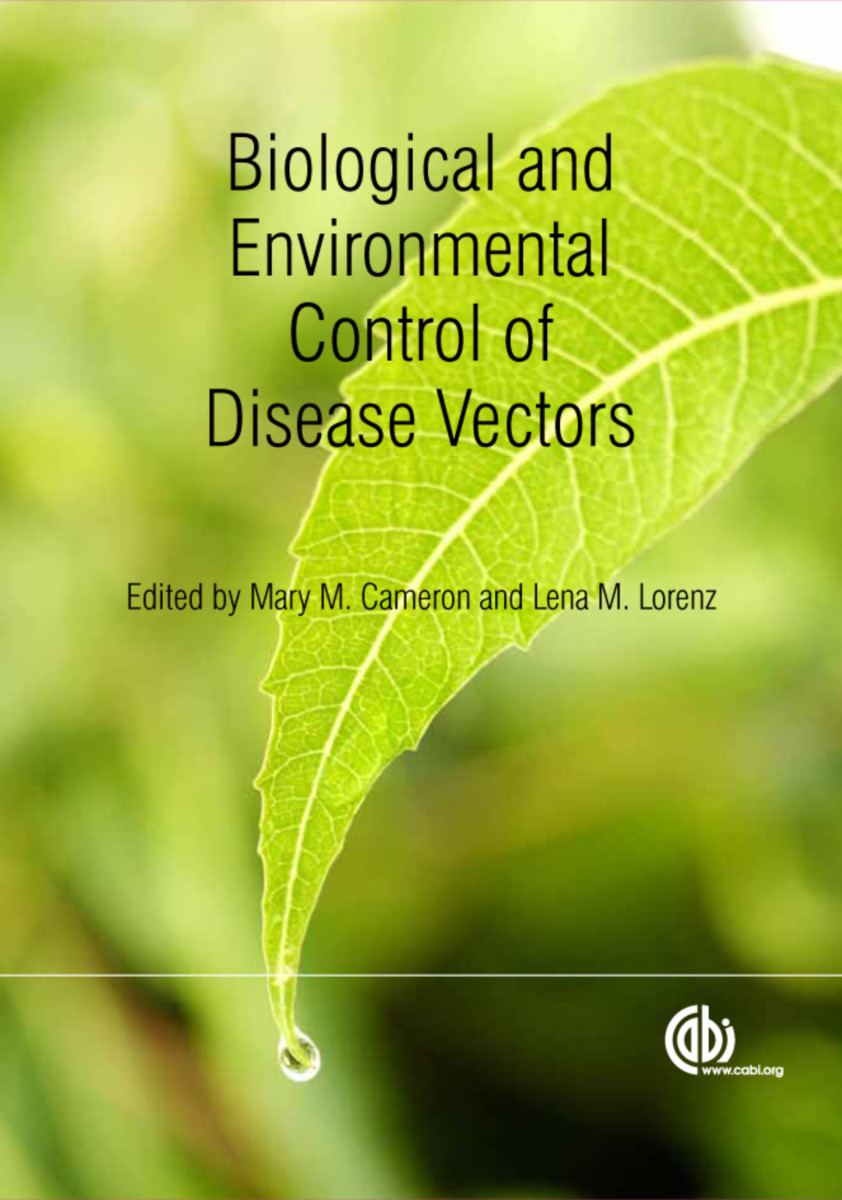Biological and Environmental Control of Disease Vectors
- Publisher
CABI - Published
10th July 2013 - ISBN 9781845939861
- Language English
- Pages 232 pp.
- Size 6.75" x 9.5"
Covering the theory and practice of non-insecticidal control of insect vectors of human disease, this book provides an overview of methods including the use of botanical biocides and insect-derived semiochemicals, with an overall focus on integrated vector management strategies. While the mainstay of malaria control programs rely on pesticides, there is a resurgence in the research and utilization of non-insecticidal control measures due to concerns over rapid development and spread of insecticide resistance, and long-term environmental impacts. This book provides examples of successful applications in the field and recommendations for future use.
1. Introduction
2. Control with arthropods
3. Use of larvivorous fish in disease vectors
4. The use of plants in vector control
5. Control of disease vectors using fungi
6. Vector control using semiochemicals
7. House screening
8. Sanitation and vector control
9. Water management for disease vector control
10. Integrated vector management
11. Evidence required for adoption of new vector control methods in public health
Mary M. Cameron
Mary M. Cameron is at the London School of Hygiene and Tropical Medicine.
Lena M. Lorenz
Lena M. Lorenz is with the London School of Hygiene and Tropical Medicine.


